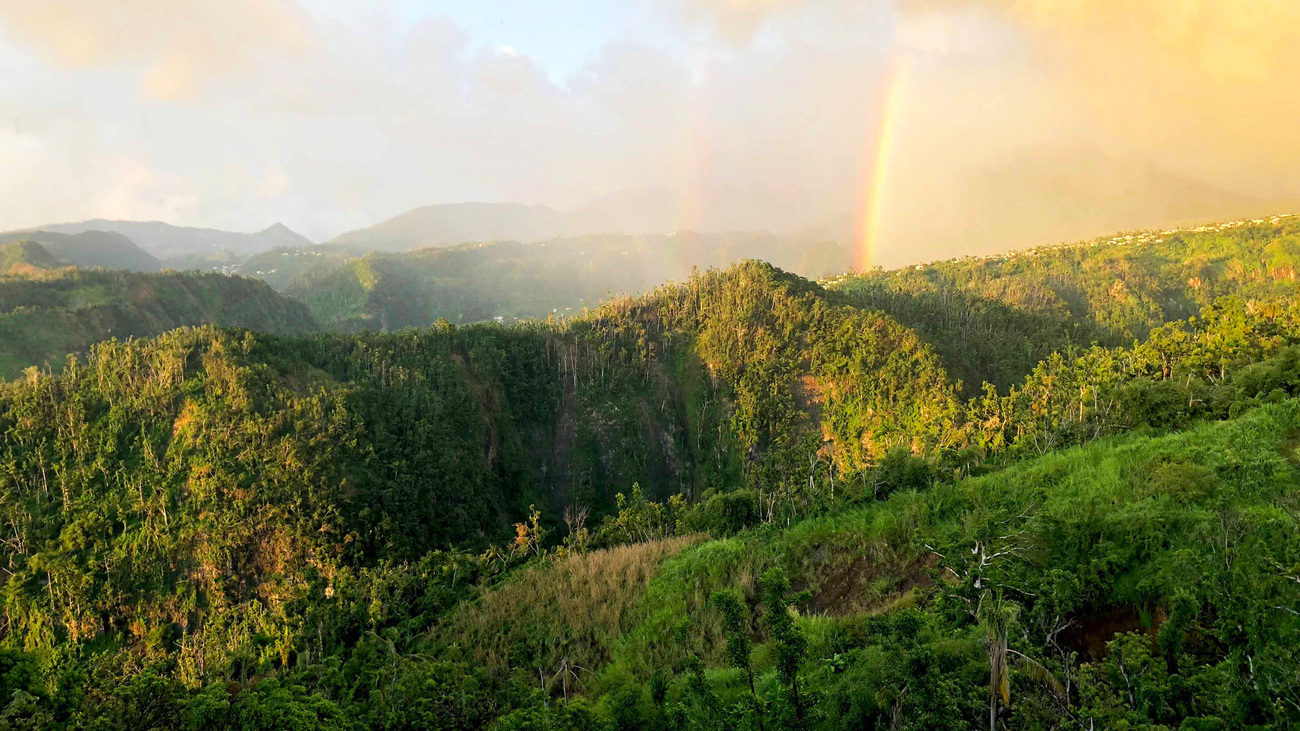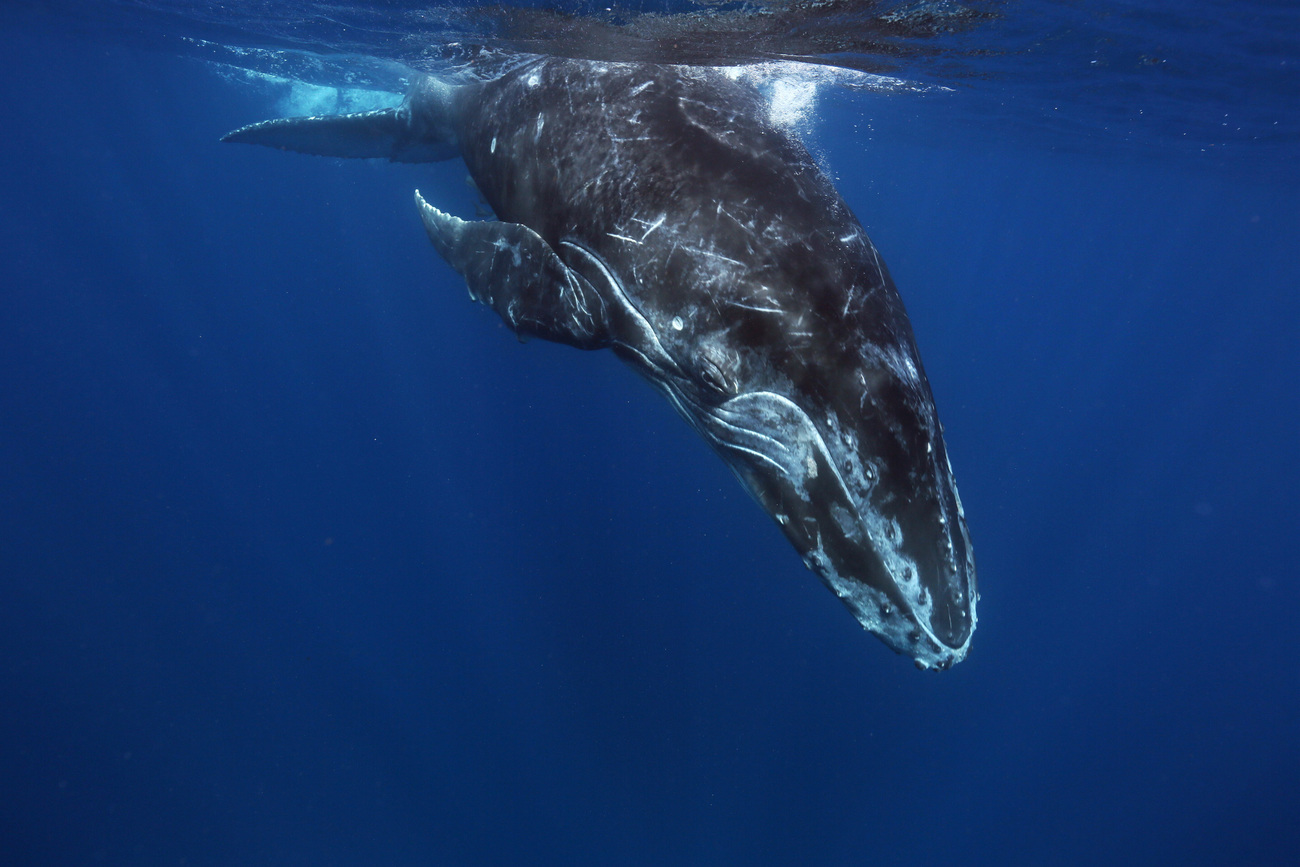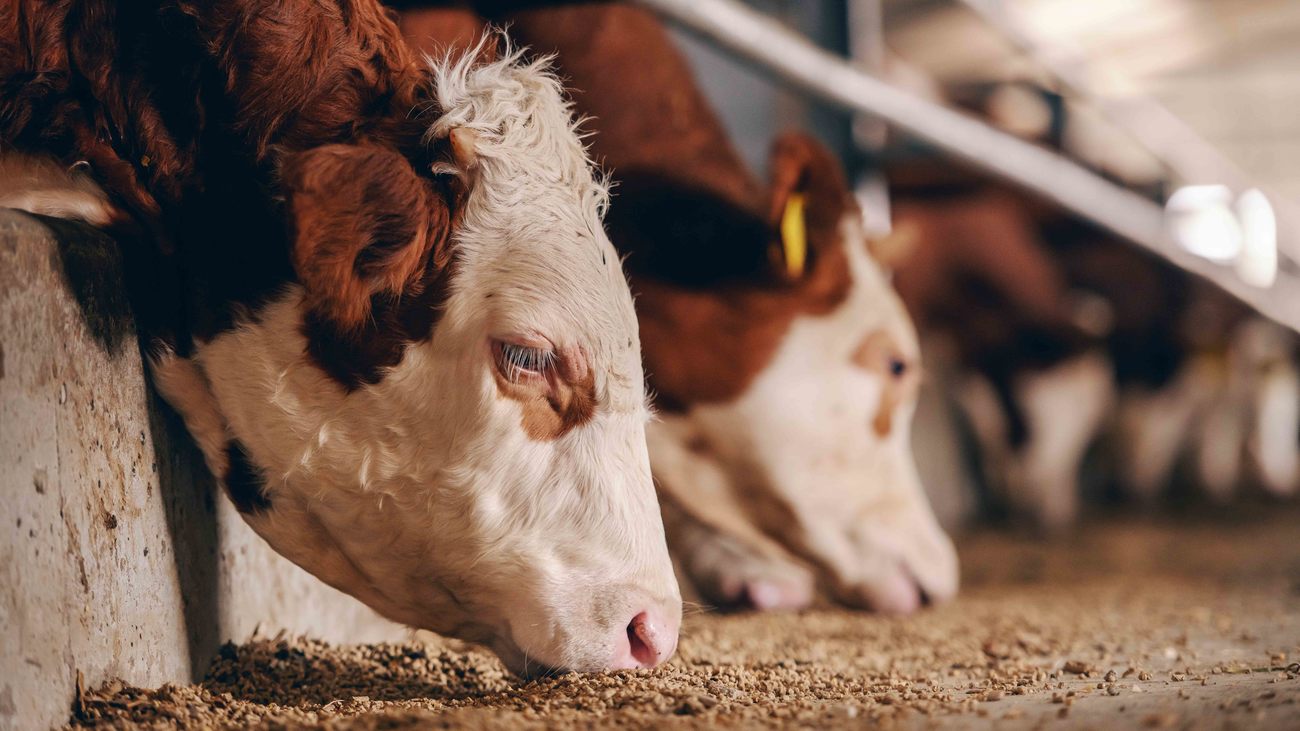Blog
Discover the four layers of the forest—and the animals living in it
Read more6 global environmental issues and ways you can help

In 2019, the United Nations published a groundbreaking report stating that more than one million animal and plant species are at risk of becoming extinct in the upcoming decades. Conservationists have been urging us to protect wildlife for years, and now it’s a race against the clock. The world needs biodiversity. Birds transport seeds across rainforests, sharks balance ocean food webs, mangroves hold important nutrients in wetlands… without diverse species and their unique ecological roles, our planet would suffer greatly.
What you can do:
Habitat loss and fragmentation is one of the fastest growing threats against species’ survival. From shrinking elephant corridors in India to bulldozed koala eucalyptus groves in Australia, animals are losing their habitats at a startling rate. Help make a difference by respecting natural landscapes and participating in habitat restoration projects. Like all environmental issues, we also need large scale government action to help save endangered species. Support international and local wildlife protection legislation like the Endangered Species Act, and vote for candidates who advocate for conservation.
Today’s human-dominated landscapes can make it difficult for animals to find abundant habitat and resources. Conflict—real or perceived—between people and wildlife looks different all around the world. For people in Malawi, conflict may include unexpected encounters with large animals like leopards, crocodiles, and hippos that cause serious injury - sometimes leading to retaliatory killing of wildlife. In India, community members face conflict with elephants who graze on crops and cause great economic loss. Across Canada and the United States, government programs kill thousands of wolves, beavers, bobcats, and bears through unscientific poisoning and cull initiatives. Throughout the COVID-19 pandemic, closed cities and quieter communities led to more accounts of wildlife sightings as animals came out of hiding. In this ever-changing world, it’s important that we understand the role of wildlife and learn how to respect all species so we can better coexist.
What you can do:
Human wellbeing and wildlife protection are interconnected. When animals are treated with respect and able to play their natural role in the environment, humans benefit greatly. Ecosystems heal, lifestyles improve, eco-tourism thrives, and we get to appreciate the intrinsic beauty of wildlife.

These days, most of us can order an item online with the click of a button—but what comes as a convenience to us is a danger to wildlife. The majority of the world’s products are transported by large cargo ships, and unfortunately, they are threatening the lives of marine animals. Ships and other industrial activity produce sound waves known as ocean noise pollution that create a maze of noise and disorient marine animals. Ocean noise pollution can prevent animals like dolphins and whales from communicating, hunting, and finding mates. In some cases, it can even lead to immense stress and death. Another issue facing marine animals is ship strikes and collisions of all sizes. Blunt trauma from propeller strikes and ship collisions can cause internal injury, sliced fluke tails, and a slow death for whales. For the case of the North Atlantic right whale, ship strikes are pushing the species to extinction.
What you can do:
An estimated eight million tons of plastic end up in our oceans every year, threatening the health of ecosystems, marine animals, and humans. Plastic debris can entangle marine animals, causing deep lacerations, starvation, and strangulation. Turtles are known to consume floating plastic bags (mistaking them for jellyfish) and 90% of all seabirds have consumed plastic. When plastics break down into microplastics, they are even more dangerous. Species lower on the food chain like fish, plankton, and oysters consume microplastics when filtering water. Toxins from the microplastics then get passed through the food web, reaching their way to large marine animals and humans.
What you can do:

Intensive farming—also known as factory farming—involves industrialized facilities utilizing confinement systems with high stocking densities. Not only does intensive farming cause immense suffering to millions of animals, but it also has a devastating environmental impact. The Food and Agriculture Organization report, Livestock's Long Shadow, found that 37% of the world's methane emissions come from factory farming. Untreated animal waste full of highly concentrated chemicals and bacteria is stored in giant manure lagoons that emit gases like carbon dioxide, methane, and ammonia. When overflow occurs from broken infrastructure or rain, the waste leaches into soil and causes dangerous threats to environmental and human health. This includes harmful algae blooms, contamination of drinking water, ammonia pollution, and pathogen outbreaks.
What you can do:
Food waste and loss occurs along every step of food production, from farms to factories, to grocery stores and consumers. During production, waste happens when production exceeds demand, manufacturing damages product, and food spoils during transportation. On the consumer end, food waste occurs mainly from over-purchasing and throwing out blemished produce. The United States Department of Agriculture estimates that 30-40% of food in the United States goes to waste. All food has an ecological footprint. When we waste food, we waste the energy and natural resources that went into production, and contribute to landfills that produce greenhouse gases.
What you can do:
every problem has a solution, every solution needs support.
The problems we face are urgent, complicated, and resistant to change. Real solutions demand creativity, hard work, and involvement from people like you.
Unfortunately, the browser you use is outdated and does not allow you to display the site correctly. Please install any of the modern browsers, for example:
Google Chrome Firefox Safari